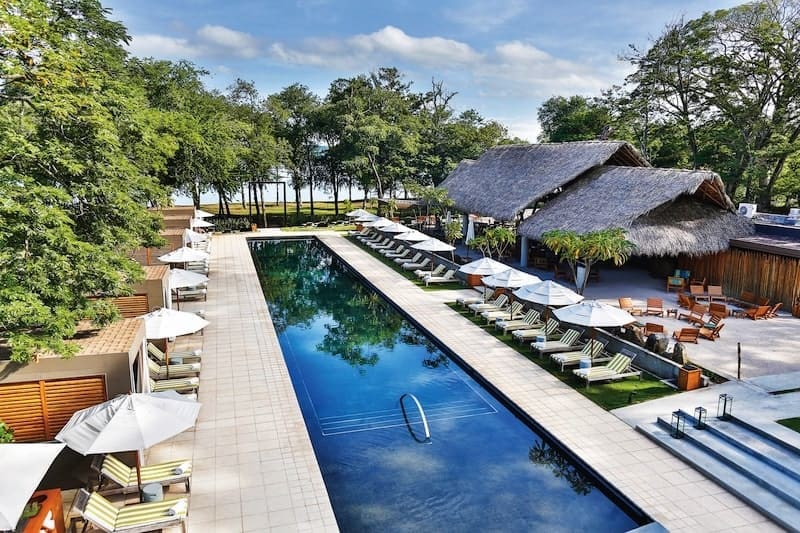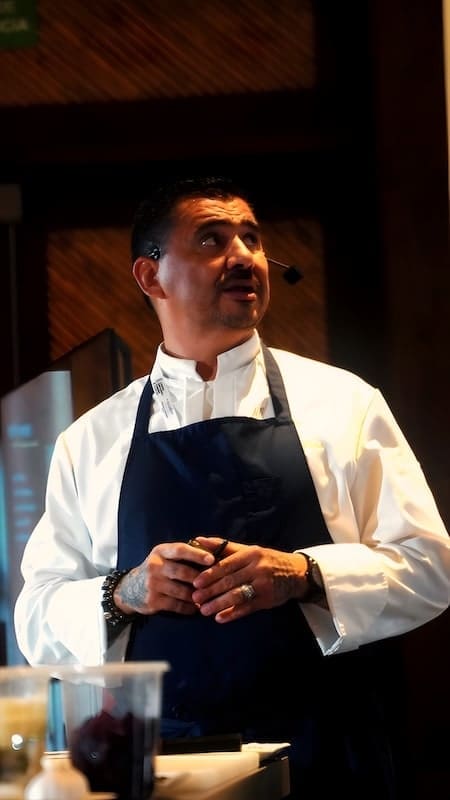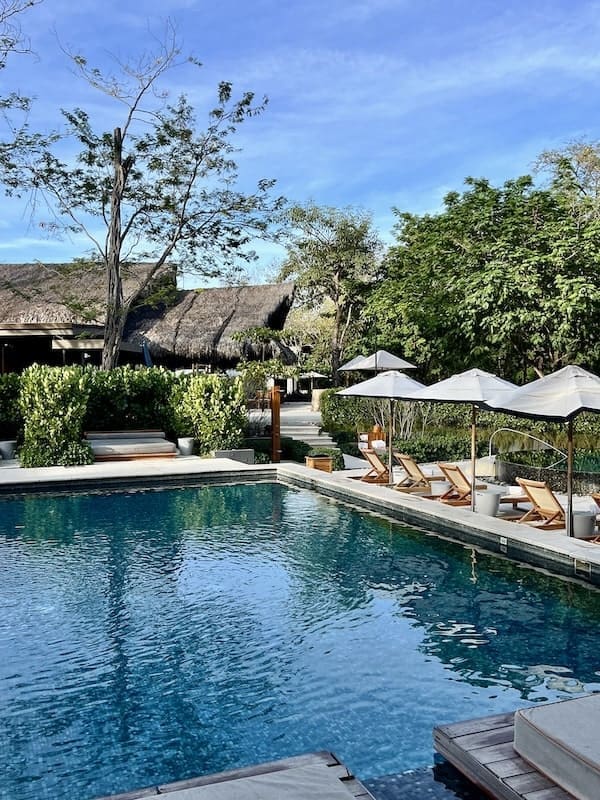Few chefs embody the spirit of Costa Rican gastronomy quite like Randy Siles Leandro, a culinary visionary, social entrepreneur, and ambassador whose mission extends far beyond the kitchen. As Culinary Director of Enjoy Hotels, including El Mangroove and Hotel Punta Islita (both Autograph Collection properties), Siles champions a movement rooted in sustainability, identity, and community.
Through his Kilometer Zero philosophy, he bridges producers, fishermen, and ancestral traditions with contemporary haute cuisine, proving that Costa Rica’s culinary voice can resonate across the world. In this conversation, Siles shares how leadership, local ingredients, and a deep respect for the ocean continue to define his ever-evolving culinary journey.
How do you define the concept of Kilometer Zero today, and what ancestral ingredient has recently inspired you?
The KM0 concept is closely tied to Costa Rican identity, sustainability, our oceans, and conscious use of local products. More than just proximity, it means creating a gastronomic ecosystem that connects producers and communities with our table. Ingredients like corn, cacao, and native tubers elevate my cooking, but my greatest strength lies in the sea. Artisanal fishing is rooted in history and coastal culture; for me, it represents a direct connection to the ocean and embodies the ancestral wisdom of fishermen.
What Costa Rican ingredient excites you at the moment, and what ancestral technique do you most often use, both in your professional and personal cooking?

My cooking focuses on vegetables and fish. We have many ancestral techniques that allow us to maximize our ingredients. For example, flake salt—we dehydrate fish scales, bake them, and then crush them to create our own salt.
What is your home cooking style? Share a simple recipe you often prepare during the week and three staple ingredients you always keep in your pantry.
Without a doubt, I like to cook simply at home, and fresh fish is always present.
I love tiradito de pescado—it’s also my daughter’s favorite dish. It’s perfect for a hot day or a light dinner.
Recipe
150g fresh fish, sashimi-cut
20 ml olive oil
Juice of 2 lemons
20 g capers
25 g Kalamata olives
Coarse salt
Freshly ground pepper
How would you represent the Agro-Marine concept in a single dish, from producer to table?
At El Mangroove, we serve a dish that features roasted eggplant with thyme and olive oil, potato foam, truffle, and a sauce made from oysters. It is our signature dish.
What past work experiences have been key in shaping you as a chef and leader?

I became a leader when I realized my kitchen wasn’t just mine. As a country ambassador, my kitchen must be a voice. It represents producers and fishermen. My cooking must be a legacy for future generations of chefs who believe in Costa Rica.
There was a moment in my life when I found myself in front of ministers, renowned chefs, and international leaders, and I understood that I couldn’t just talk about dishes. I had to speak about identity, producers, fishermen, and communities. That day I realized leadership isn’t about imposing—it’s about giving others a voice, building bridges, and showing by example that a small country can inspire the world.
What indicators tell you a program has been successful, and could you share a participant’s journey as an example?
I know a program is successful when producers return home with a fair income, when a young cook tells me they now believe in a future in gastronomy, and when we’ve managed to reduce environmental impact. These are true indicators of success—not just in my career, but in my life.
What destinations do you travel to for culinary inspiration, and how do you maintain a clearly Costa Rican identity in your creations?
Europe has always been my reference point because it holds centuries of gastronomic history. I discovered the rigor and technique of cuisine there, the passion for the product, elegance, and discipline. Europe inspires me because cuisine is lived as culture, art, and identity.
After every trip, I come back with the certainty that my strength lies in our producers. I’ve never wanted to imitate Europe—instead, I’ve wanted to translate all that technique into my own language. My cooking is clearly Costa Rican because it is born from our land.
How have your roles as ambassador or leader contributed to raising the profile of Costa Rican cuisine, and what are your next steps?

When I’m asked how I’ve helped bring visibility to Costa Rican cuisine, the first thing I say is that my mission has never been to talk about myself, but about an entire country. Since taking on the role of ambassador, I’ve understood that every trip, every conference, every interview is a chance for the world to hear about Costa Rica.
I’ve shown that our gastronomy is not just about dishes, but about stories: the fisherman who knows the sea like no one else, the farmer who preserves heirloom seeds, the producer who keeps tradition alive. My task has been to bring them to the global table and say to the world: here we are—we may be small in territory, but we are immense in biodiversity and culture.


